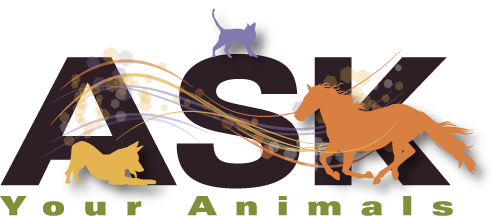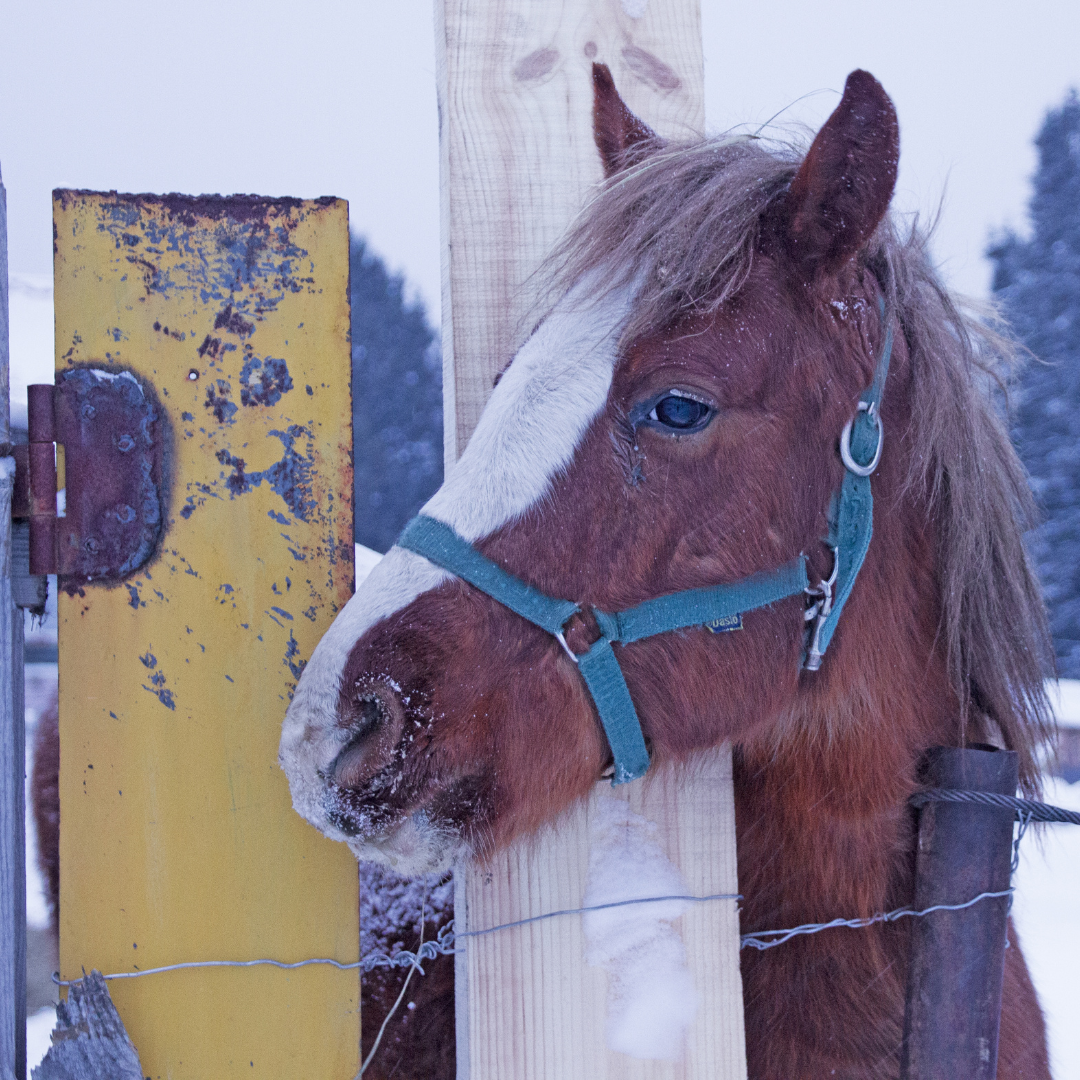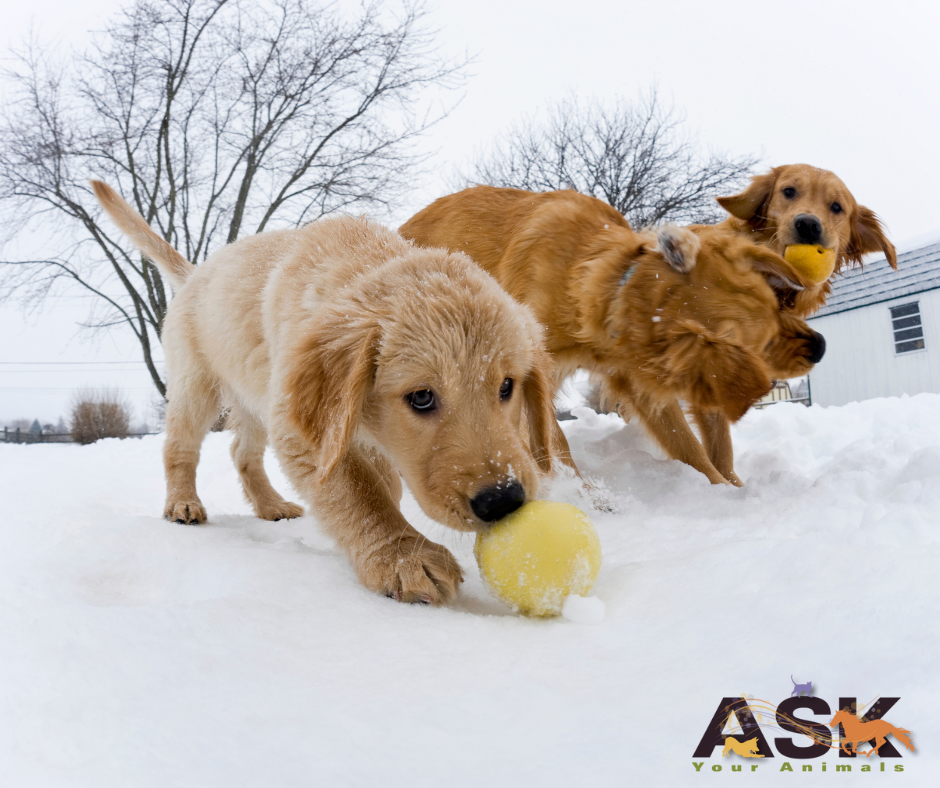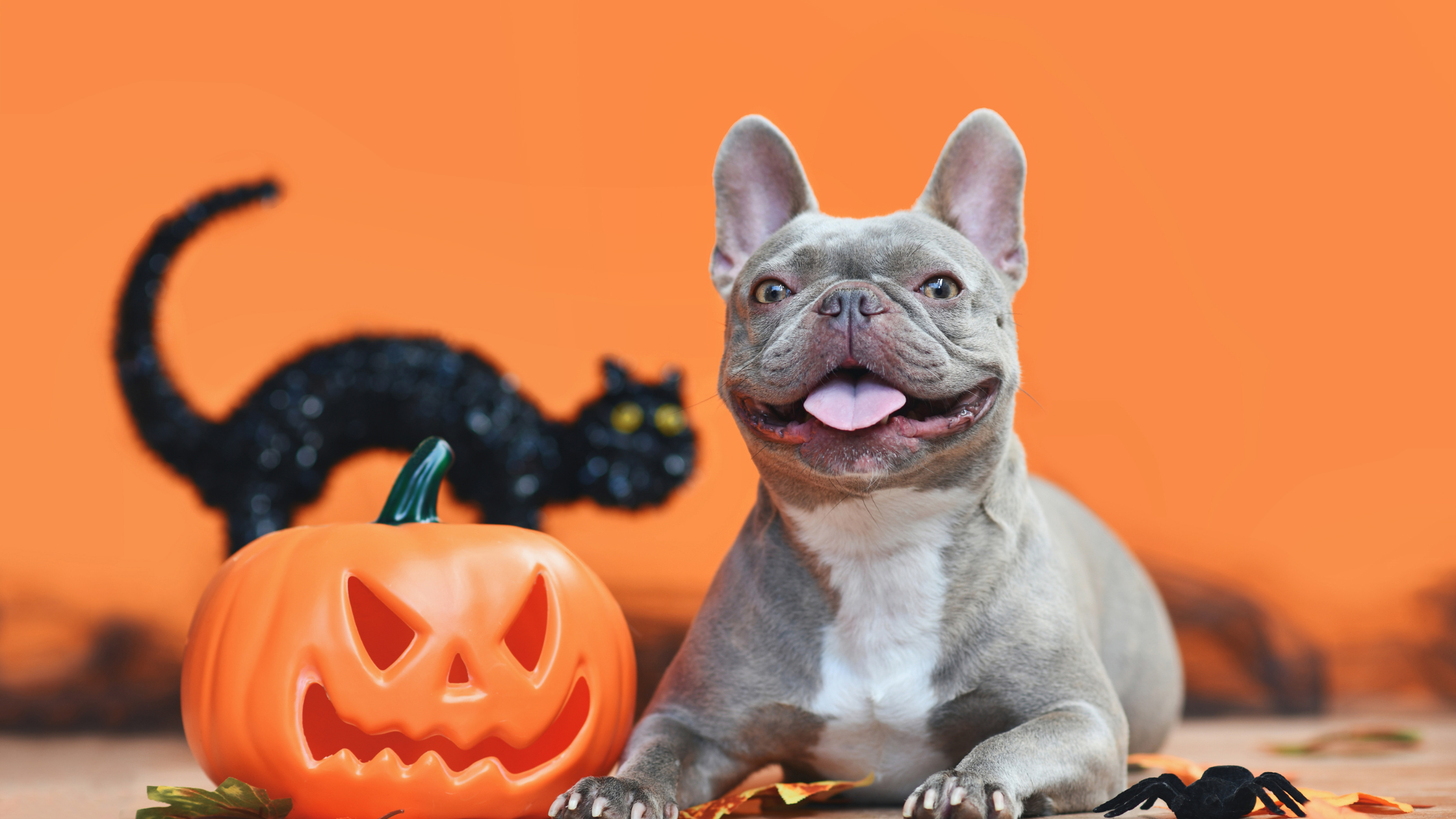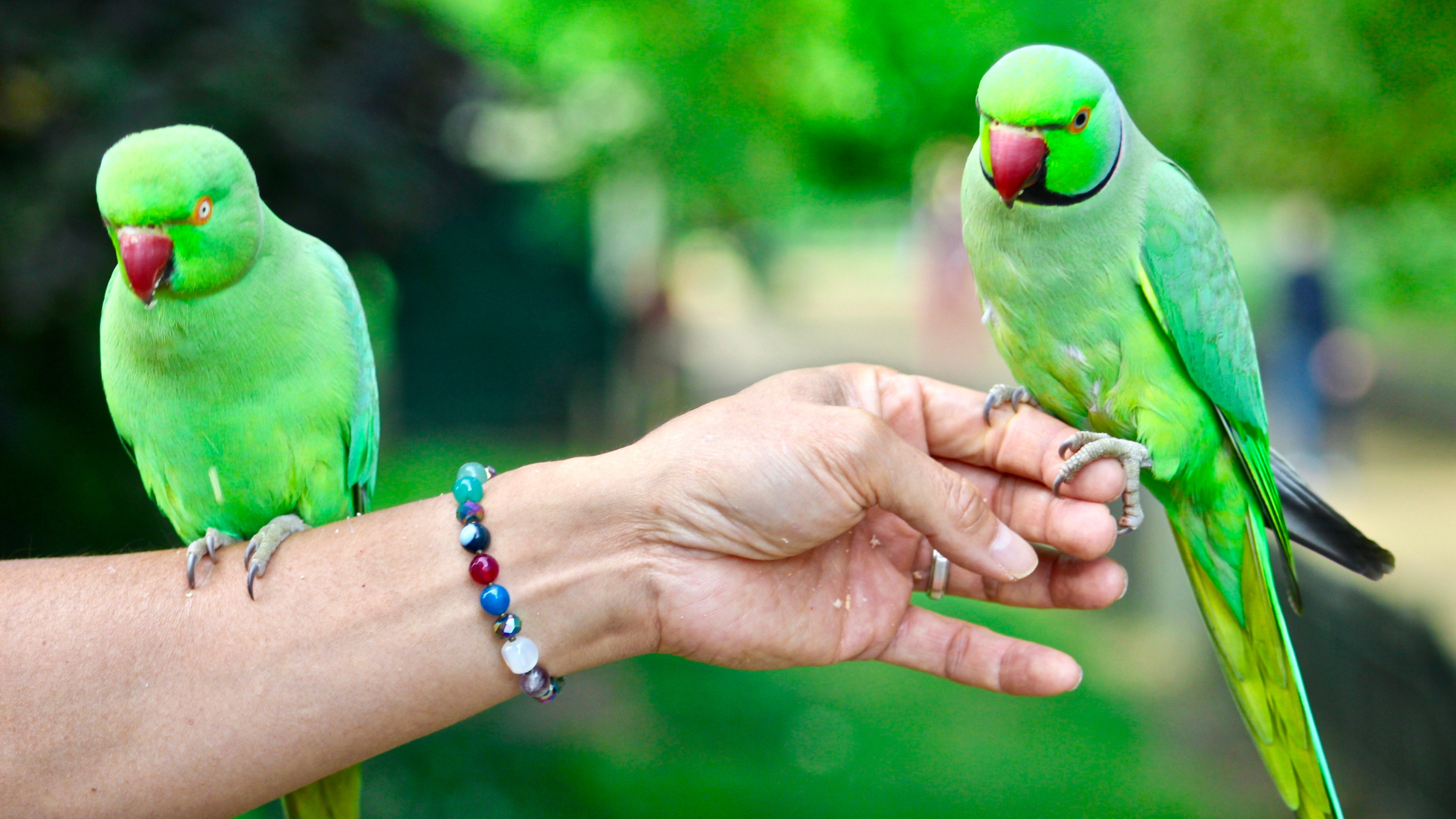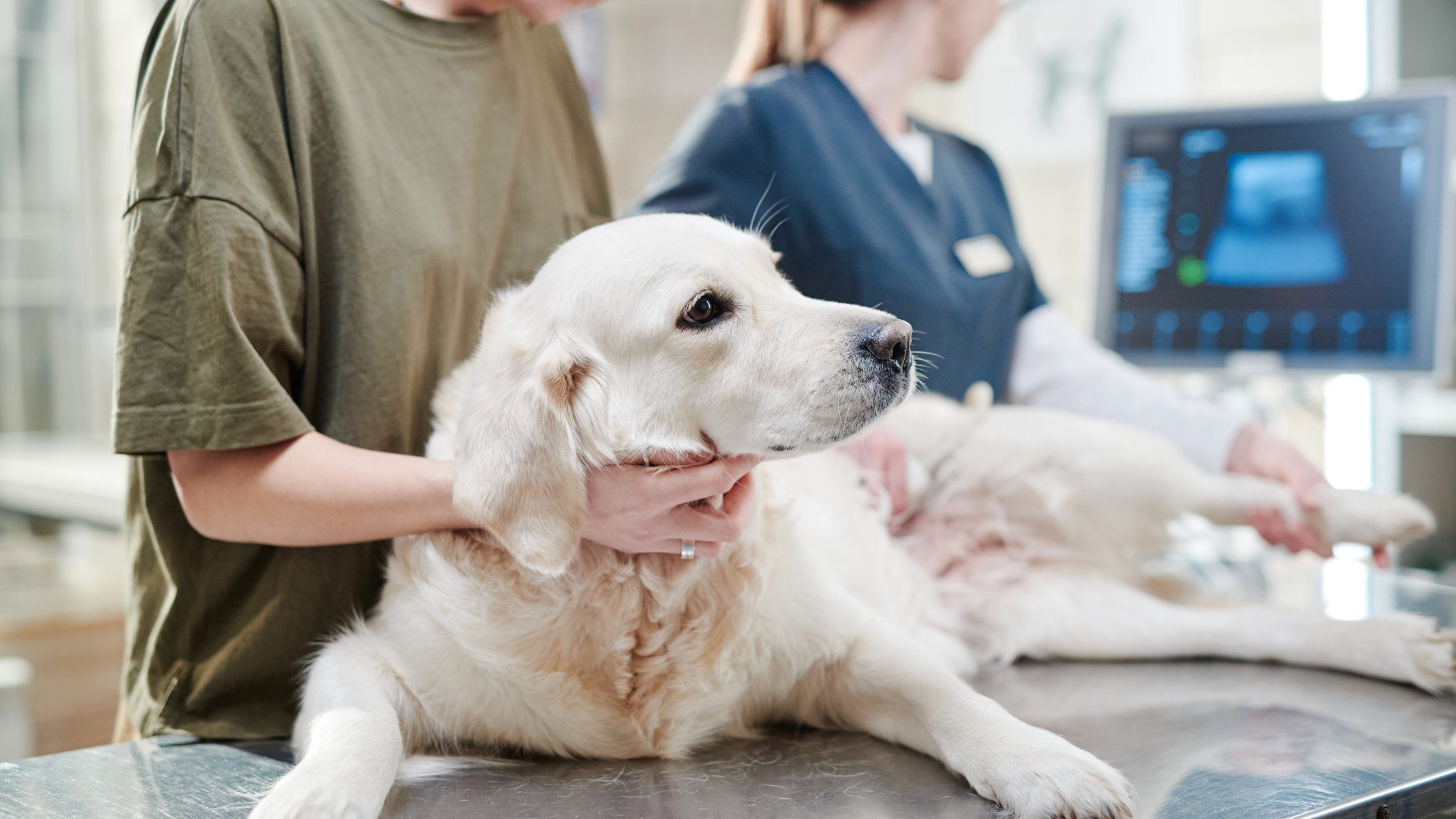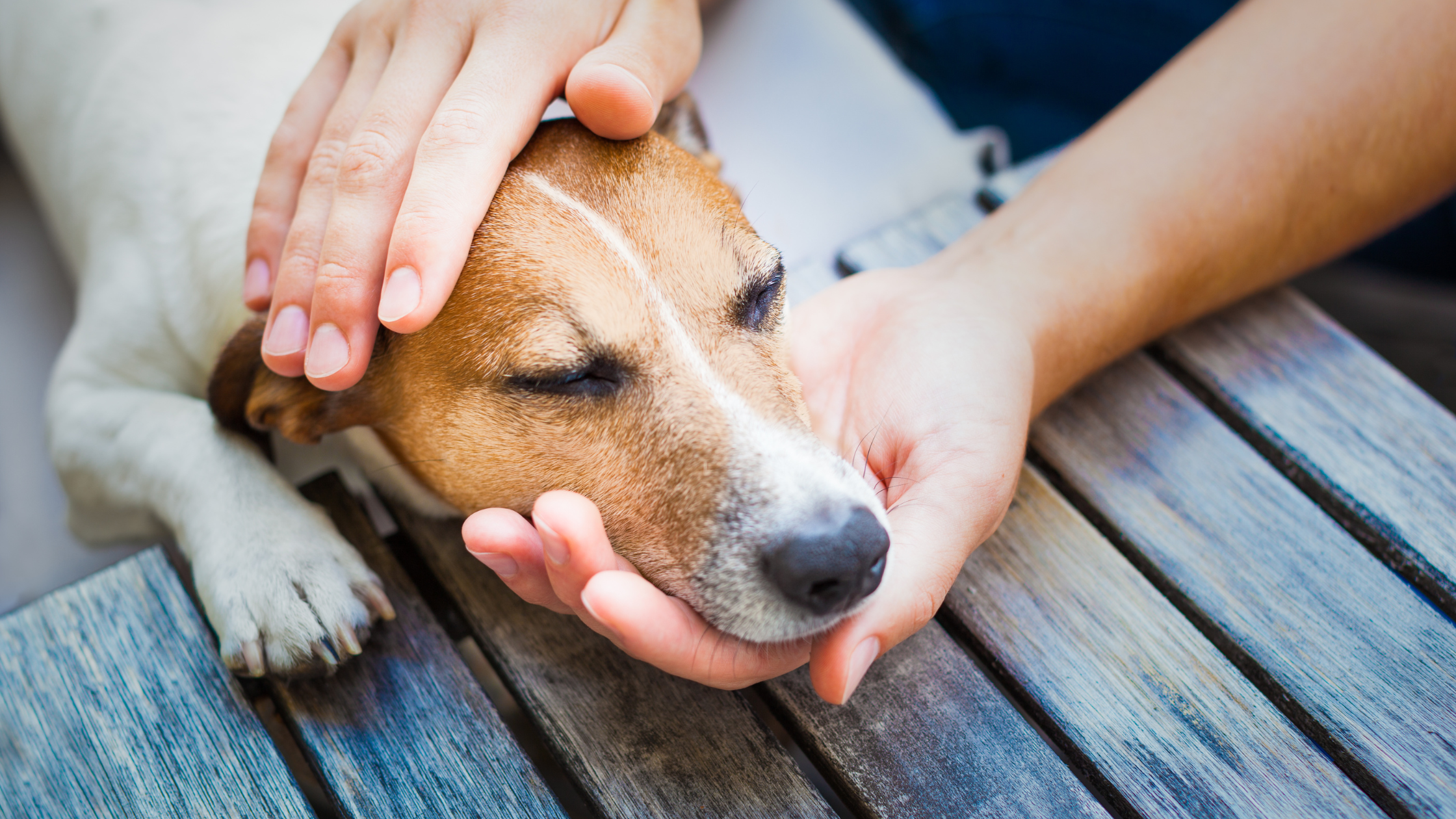Winter’s chill brings unique challenges for our furry companions. As an animal communicator and medical intuitive, I’ve learned that pets not only face physical risks during the colder months but also emotional and energetic ones. By tuning into their needs—both visible and subtle—you can keep them safe while deepening your bond.
Here are some essential winter first aid tips woven with guidance to help you communicate more effectively with your pets and respond to their needs intuitively.
1. Recognize the Signs of Frostbite
Frostbite can affect exposed areas like ears, tails, paws, and noses.
What to Look For:
- Pale, gray, or blue skin
- Cold, hardened areas on the body
- Blisters or skin ulcers
How to Help:
- Move your pet indoors immediately and warm the affected areas with a warm (not hot) cloth.
- Use your intuitive connection to sense discomfort—your pet may communicate unease before visible symptoms appear.
- Avoid rubbing the area to prevent further damage and consult your vet right away.
Communicator’s Insight:
During recovery, reassure your pet energetically by speaking softly and visualizing warmth and comfort. Pets respond to our energy, and your calm presence can ease their stress.
2. Act Quickly for Hypothermia
Hypothermia happens when your pet’s body temperature drops dangerously low due to prolonged exposure to cold or wet conditions.
What to Look For:
- Shivering or lethargy
- Pale gums or slowed breathing
- Stiffness or difficulty moving
How to Help:
- Wrap your pet in warm blankets and use warm water bottles (wrapped in towels) to gently raise their temperature.
- Avoid direct heat, like heating pads, which can cause burns.
- Seek veterinary care immediately if symptoms persist.
Communicator’s Insight:
Tune in to your pet’s energy. You may notice subtle cues, like a “foggy” or withdrawn feeling in their presence, signaling they’re in distress before physical symptoms become obvious.
3. Manage Salt and Chemical Exposure
De-icing salts and antifreeze are common winter hazards. Salt can irritate paw pads, while antifreeze is highly toxic if ingested.
What to Look For:
- Excessive licking of paws
- Drooling, vomiting, or unsteady behavior (from antifreeze ingestion)
- Red or inflamed paw pads
How to Help:
- Rinse paws with warm water after walks and apply pet-safe paw balm for protection.
- If ingestion occurs, contact a vet immediately—it’s a medical emergency.
Communicator’s Insight:
If you sense unease in your pet, tune in to identify the cause. They may “show” you discomfort or avoidance around certain areas, like icy walkways, guiding you to where they need help.
4. Prevent Ice-Related Injuries
Slippery surfaces can lead to falls, sprains, or even fractures.
What to Look For:
- Limping or reluctance to move
- Swelling or tenderness
- Behavioral changes, such as hiding or whining
How to Help:
- Keep your pet calm and restrict movement to prevent further injury.
- Apply a cold compress to reduce swelling, but consult your vet for significant injuries.
Communicator’s Insight:
After an injury, pets may “hold” emotional tension in the affected area. During quiet moments, visualize healing energy around that area and communicate calmness through your voice and touch.
5. Stay Ahead of Dehydration
Surprisingly, pets can become dehydrated in winter if water bowls freeze or they don’t drink enough.
What to Look For:
- Dry nose, gums, or skin
- Sunken eyes or lethargy
- Decreased appetite
How to Help:
- Use heated water bowls or bring fresh water indoors frequently.
- Offer wet food for added hydration.
Communicator’s Insight:
Pay attention to subtle signals, like your pet standing near a water source but not drinking. They may be “showing” you discomfort with the water temperature or taste.
6. Support Emotional Well-Being During Winter
Winter isn’t just tough physically—it can also affect your pet emotionally. Reduced activity or limited outdoor time can lead to boredom, frustration, or even seasonal blues.
What to Look For:
- Changes in behavior, like increased pacing or vocalization
- Withdrawal or reduced interest in play
- Excessive grooming or chewing
How to Help:
- Provide mental stimulation with puzzle toys, new games, or indoor training.
- Spend quiet time tuning into their energy. What do they need? More play, rest, or reassurance?
Communicator’s Insight:
Pets often communicate their emotions through subtle cues. If you sense frustration or sadness, they may be inviting you to engage in a bonding activity, like grooming, play, or simply sitting together.
First Aid Kit for Winter Emergencies
Prepare a pet-specific winter first aid kit to handle common issues. Include:
- Pet-safe paw balm or moisturizer
- Tweezers for removing ice or debris
- Blankets and hot water bottles
- Saline solution for eye irritation
- Emergency vet contact information
Strengthen Your Bond This Winter
Winter provides unique opportunities to deepen your connection with your pet. By understanding their energy and needs, you can enhance their safety and well-being while strengthening the trust and love you share. However, if you’re uncertain about connecting intuitively or feel you need expert guidance, an animal communicator can help bridge the gap.
Working with an experienced communicator ensures your pet’s emotions, needs, and concerns are fully understood, providing you with insights that complement practical first-aid knowledge. Together, we can ensure your furry friend thrives during the colder months and feels supported in every way.
Let’s make this winter a season of warmth, safety, and connection—for both you and your beloved companion. If you’d like expert assistance in understanding your pet on a deeper level, I’m here to help.
